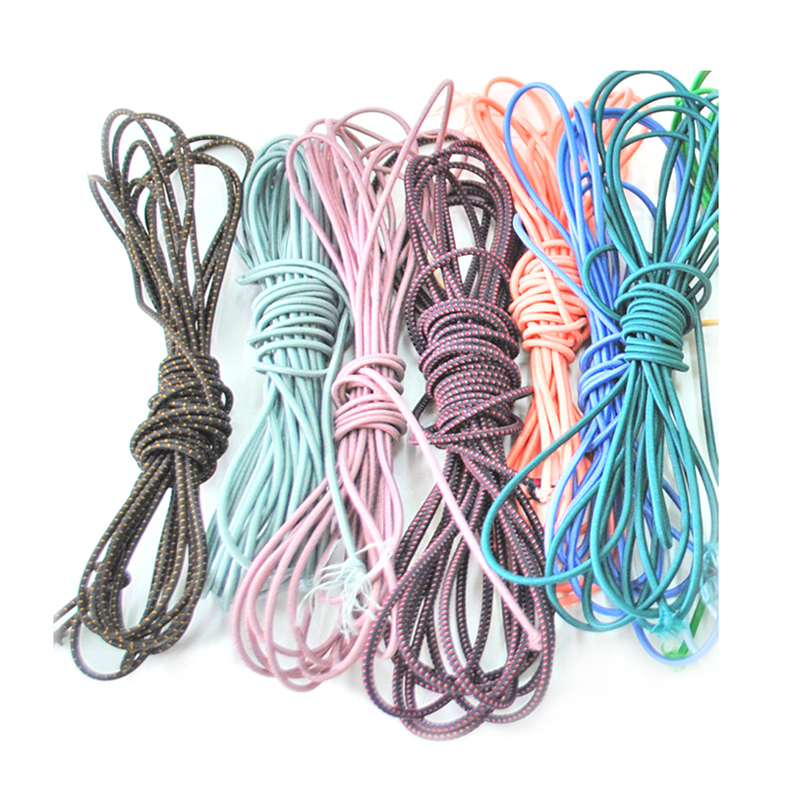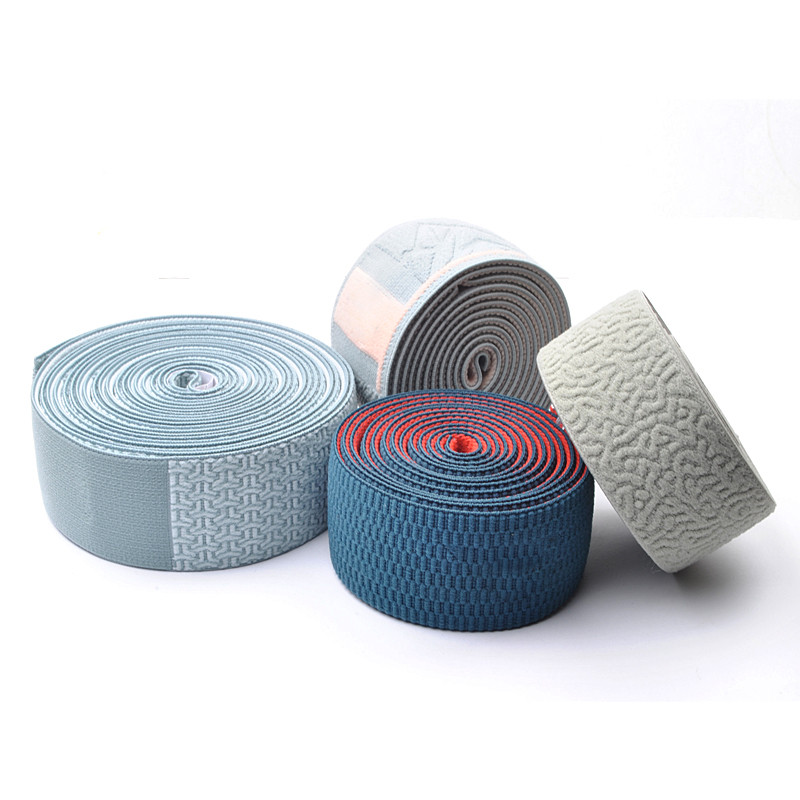A gingival retraction cord is a specific tool or instrument that dentists use, typically during the preparation of the teeth during the common dental crown procedure, and also during the similarly common dental bridge procedure.
During the process, the gingival retraction cord is inserted gently below the gum line and into the gingival sulcus, and around the specific tooth that has been prepared for the crown or bridge. The gingival sulcus is the natural space found between the tooth and the gum tissue that surrounds the tooth. Plaque generally builds up in this area, which in turn can lead to several dental issues. String Rope

The main purpose of a gingival retraction cord is to provide a dentist with a clear working view of a tooth prior to making a dental impression.
A gingival retraction cord typically resembles yarn on a stick or an advanced type of flossing stick. Retraction cord has different sizes and sometimes the dentist uses a double layer of cord.
To create the piece that fits around the tooth to be worked on, pieces of cotton or polyester are braided together to create a specific diameter. This diameter is the part that goes around the tooth.
The gingival retraction cord is primarily used to push the gum tissue away from the prepared margins of the tooth, in order to create an accurate impression of the teeth. The gum can get in the way of an impression of a tooth, and this is why gums are typically pushed out of the way.
This process allows the dentist to focus directly on preparing the tooth without having to worry about the gums getting in the way.
A gingival retraction cord is typically the most effective method for moving and retracting gum tissue in order to provide a clear working view of the tooth. A clear working view of the tooth is crucial so that the dentist can ensure that no mistakes are made. However, it can sometimes cause side effects and minor injury, particularly in those with gingivitis.
The use of a gingival retraction cord may cause temporary swelling and inflammation of the gums, but there is no long-term harm associated with its use.
A gingival retraction cord can sometimes cause bleeding as the cord rubs against the gum. Gum bleeding can be difficult to control and, in turn, make impressions hard to capture.
As a result, some brands of gingival retraction cords are pre-soaked in Hemodent (a liquid used to stop minor gum bleeding). Many dentists prefer to soak the gingival retraction cord in Hemodent themselves, rather than having pre-soaked cords. Others find Hemodent unnecessary in anyone with otherwise healthy gums or teeth.
S S, Ma VS, Mi VS, F HG, M H. Gingival retraction methods for fabrication of fixed partial denture: literature review. J Dent Biomater. 2016;3(2):205-213.
Ercoli C, Caton JG. Dental prostheses and tooth-related factors. J Periodontol. 2018;89 Suppl 1:S223-S236. doi:10.1002/JPER.16-0569
Ashri NY, Alrifaiy MQ, Metwally AE. The effect of gingival retraction cord on periodontal health compared to other gingival retraction procedures: a systematic review. Periodontics and Prosthodontics. 2016;02(023). doi:10.21767/2471-3082.100024
Tarighi P, Khoroushi M. A review on common chemical hemostatic agents in restorative dentistry. Dent Res J (Isfahan). 2014;11(4):423-8.
By Shawn Watson Shawn Watson is an orthodontic dental assistant and writer with over 10 years of experience working in the field of dentistry.
Thank you, {{form.email}}, for signing up.
There was an error. Please try again.

Striped Webbing By clicking “Accept All Cookies”, you agree to the storing of cookies on your device to enhance site navigation, analyze site usage, and assist in our marketing efforts.